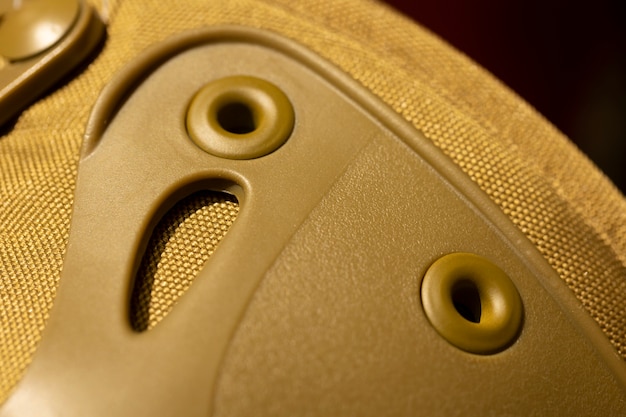The human body is a complex machine with each muscle playing an essential role in our overall health and physical performance. One such muscle, the posterior deltoid, is crucial for arm movement and maintaining good posture. In this article, we’ll explore its anatomy, functions, and effective ways to train it.
Posterior Deltoid Anatomy and Functions
The posterior deltoid, often called the “back shoulder,” is part of a group of three muscle bundles in the deltoid complex. This muscle starts from the spine of the scapula and connects to the deltoid tuberosity of the humerus, along with the other two bundles.
The main job of the posterior deltoid is to control specific movements of the humerus. It helps in extending, externally rotating, and abducting the shoulder in the transverse plane. Interestingly, most actions of the posterior deltoid oppose those of the anterior deltoid.
Training the Posterior Deltoid
Like all muscles, the posterior deltoid benefits from resistance training, which can be achieved through bodyweight exercises, weights, or elastic bands. To specifically target this muscle, using free weights and isotonic machines is recommended. The focus should be on improving strength and endurance, contributing to muscle growth.
When you train the posterior deltoid, consider the high density of oxidative motor units, or red fibers, in the muscle. This often leads to training with high repetitions. However, for increasing strength and muscle mass, exercises that create high muscle tension with lower repetitions are more effective. Multi-joint pulling movements, modified to emphasize the shoulders, are the best way to achieve this.
Stimulating muscle growth requires exhausting energy reserves and breaking down glycogen, which happens with higher repetitions until near muscle failure. There are many specific exercises for this purpose.
Effective Exercises for the Posterior Deltoid
Exercises to target the posterior deltoid fall into two categories: multi-joint exercises and single-joint isolation exercises.
Multi-Joint Exercises:
– Wide-Grip Barbell or Dumbbell Rows: Use a wide, pronated grip to lift the elbows high during the movement, mimicking a rowing action. This can be done standing, on a 30掳 inclined bench, or lying prone on a bench.
– Rowing Machines with Wide Grip: Maintain a wide grip and position your arms so the humerus is abducted and drawn towards the upper back for effective muscle engagement.
– Horizontal Pulley Pulls with Trap Bar: This variation engages the posterior deltoids through a pulling motion while offering a comfortable grip and stance.
Isolation Exercises:
– Standing 90掳 Reverse Crossovers: Known as “fly” lateral raises, this exercise can be performed with dumbbells or low cables, isolating the posterior deltoids.
– Standing High Cable Extensions: Pull cables from a high pulley towards your hip with slightly bent arms, focusing on the posterior deltoids.
– Transverse Abductions in Quadruped Position: Using a low cable, perform one-arm transverse abductions while on all fours to isolate the posterior deltoid.
– Peck-Back Machine: Typically used for chest exercises, this machine can be adjusted to target the posterior deltoids by reversing the movement and squeezing the shoulder blades together.
Bodyweight Exercises
Bodyweight exercises like pull-ups, muscle-ups, and front levers also significantly engage the posterior deltoids, providing a functional approach to strengthening and conditioning the muscle.
In conclusion, understanding the anatomy and function of the posterior deltoid is key to effective training. With the right exercises and techniques, you can strengthen and condition this crucial muscle, enhancing your overall physical health and performance. Always seek professional guidance when starting a new training routine to ensure you’re doing the exercises correctly and safely.







